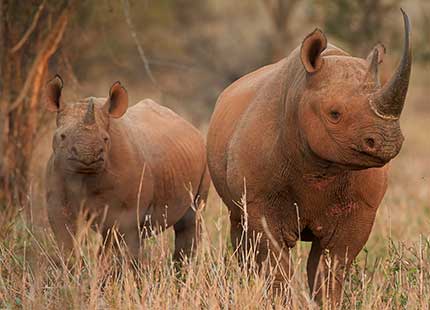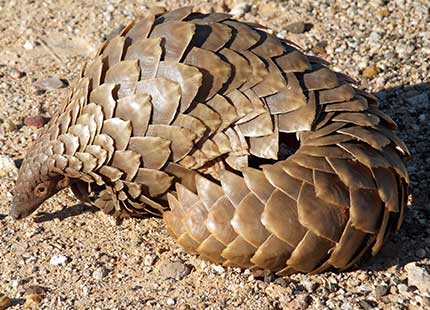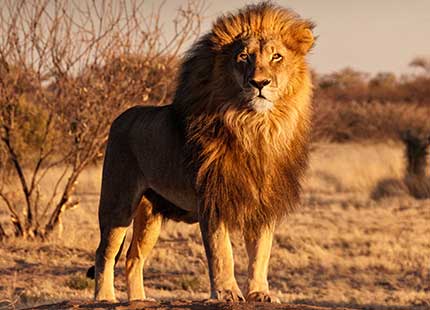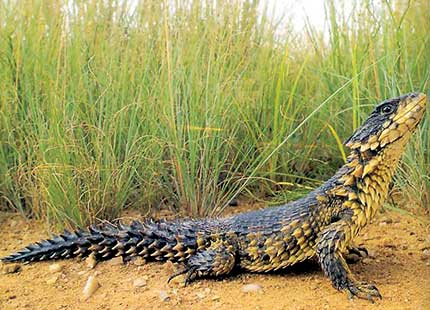Wildlife
in Trade
Programme
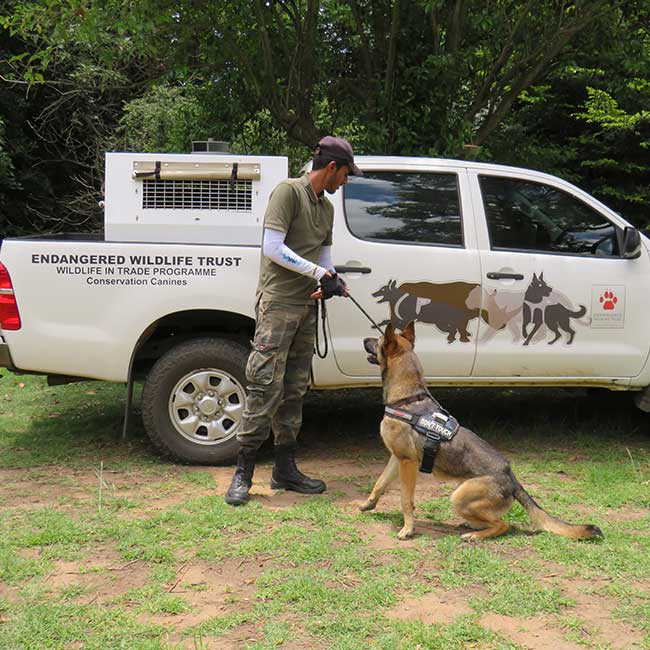
Saving wildlife from illegal trade
What is wildlife trade?
Wildlife trade is the buying, selling, or bartering of wildlife and wildlife products. It may be done for profit, subsistence, or cultural purposes. Wildlife includes animals, plants, and fungi taken alive or dead from the wild or captive situations. Wildlife trade can be legal or illegal. Legal wildlife trade can be sustainable if conducted responsibly, while illegal trade is generally unregulated and unsustainable.
What is illegal wildlife trade?
Illegal wildlife trade (IWT) refers to activities that include the illegal capture, collection, killing, or harvesting (poaching) of wildlife (animals and plants), the illegal transport (smuggling) of wildlife (domestically or across international boundaries), and all trade-related activities such as illegal selling, buying, receiving, or giving of wildlife or their products. IWT can involve species for which international trade is prohibited and species subject to harvest quotas and permit systems.
5
species
5
biomes
2
pack members

What is wildlife trafficking?
Wildlife trafficking is a term that encompasses all these illegal activities and can be defined as criminal activity at any point along the illegal wildlife supply chain. It occurs in an organised manner and commonly involves the corruption of law enforcement personnel.
Why do people trade wildlife?
Wildlife and wildlife products have value, such as medicinal, ornamental, food or commercial value. Legal wildlife trade is central to the wildlife economy in South Africa (and other livelihood strategies in other countries).
The motivations for people to become involved in wildlife trafficking are complex. Research shows that it goes beyond financial or subsistence motivators (the poaching for the pot or pocketbook narrative).
The impacts of illegal wildlife trade
Illegal wildlife trade and unregulated legal trade are significant threats to biodiversity at both local and global scales. Southern Africa is disproportionately targeted for illegal wildlife trade because of the region’s wide range of plants and animals. Wildlife trafficking may involve national or international organised crime syndicates, break multiple countries’ laws (environmental and other), increase the risk of extinction of threatened species, and usually violates animal welfare laws.
Organised crime involvement in IWT often includes corruption and contributes to a breakdown in law and order, compounded by insufficient law enforcement capacity at various levels and a limited understanding of consumer behaviour.

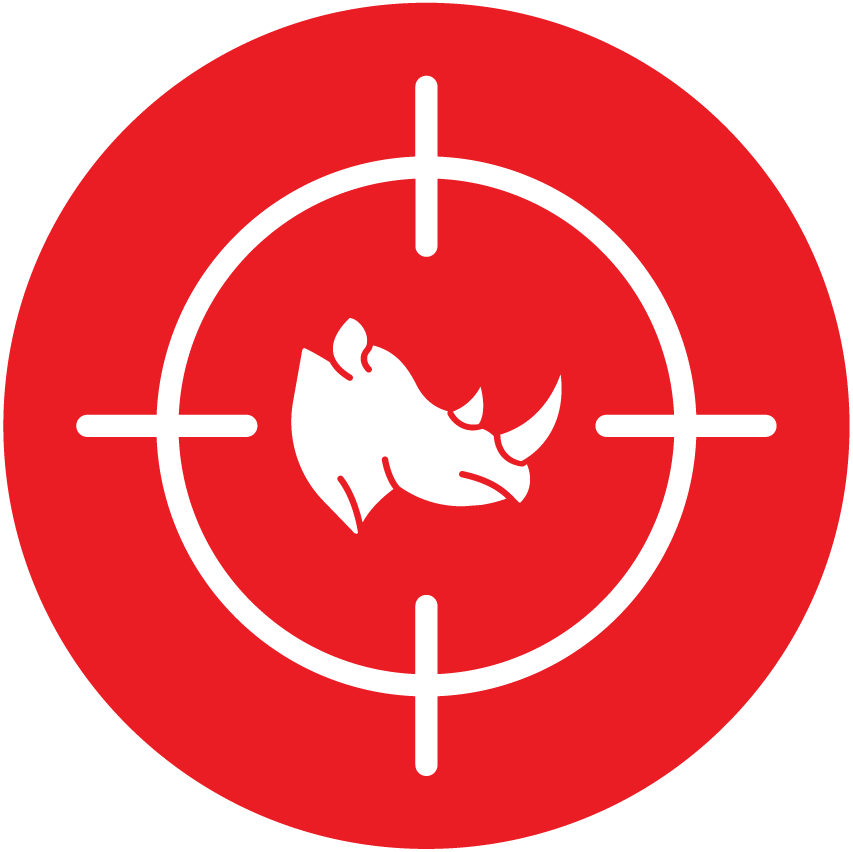
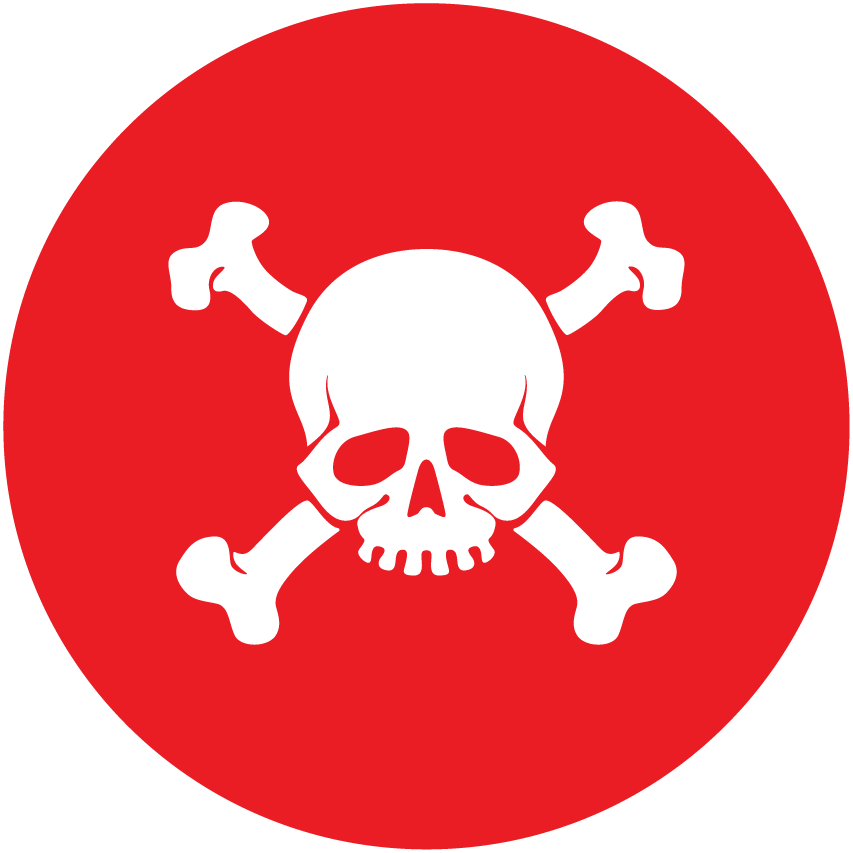
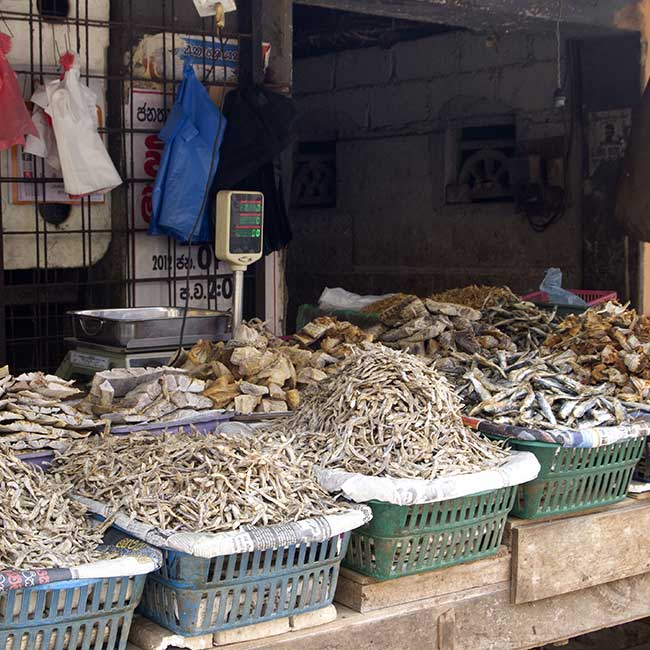
Focal species threatened by trade
How we combat illegal wildlife trade
The Wildlife in Trade Programme aims to reduce trade-related threats that impact the survival of wild animals and plants. The programme was established in 2017, consolidating our existing work on the Rhino Project, supporting legal wildlife trade, strengthening compliance and enforcement, and working closely with the South African Police Service, Environmental Management Inspectors, and the South African Revenue Service.
Because of the many people involved in the IWT supply chain, there is no single intervention to reduce or prevent trafficking altogether, but there are many potential approaches to disrupting IWT supply chains by targeting different pressure points along the chain. The EWT’s approach to addressing IWT thus tackles wildlife crime at many levels, exploring innovative approaches and opportunities in this regard. We work across five thematic areas: Prevention, Detection, Justice, Governance, and Use. Our projects help us understand how illegal or unsustainable trade affects the survival and wellbeing of wild animals and plants, identify and implement actions to reduce threats arising from illegal or unsustainable legal wildlife trade, and enhance positive outcomes of wildlife trade that benefit conservation.
The programme works mainly within South Africa but also has projects in Botswana, Mozambique, Namibia, and Tanzania.



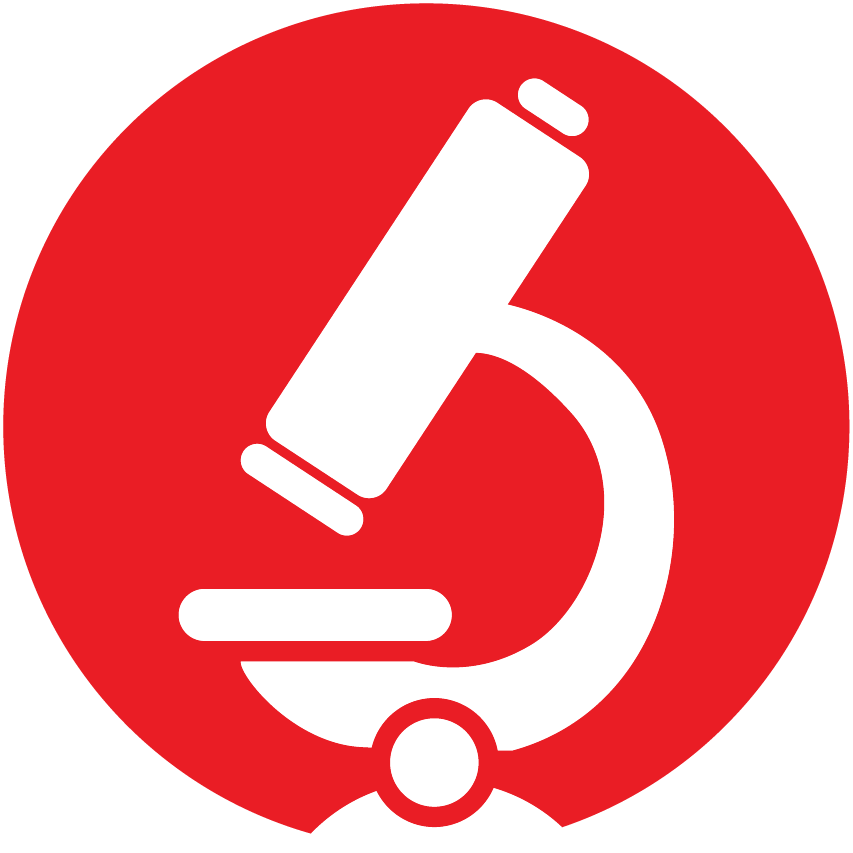
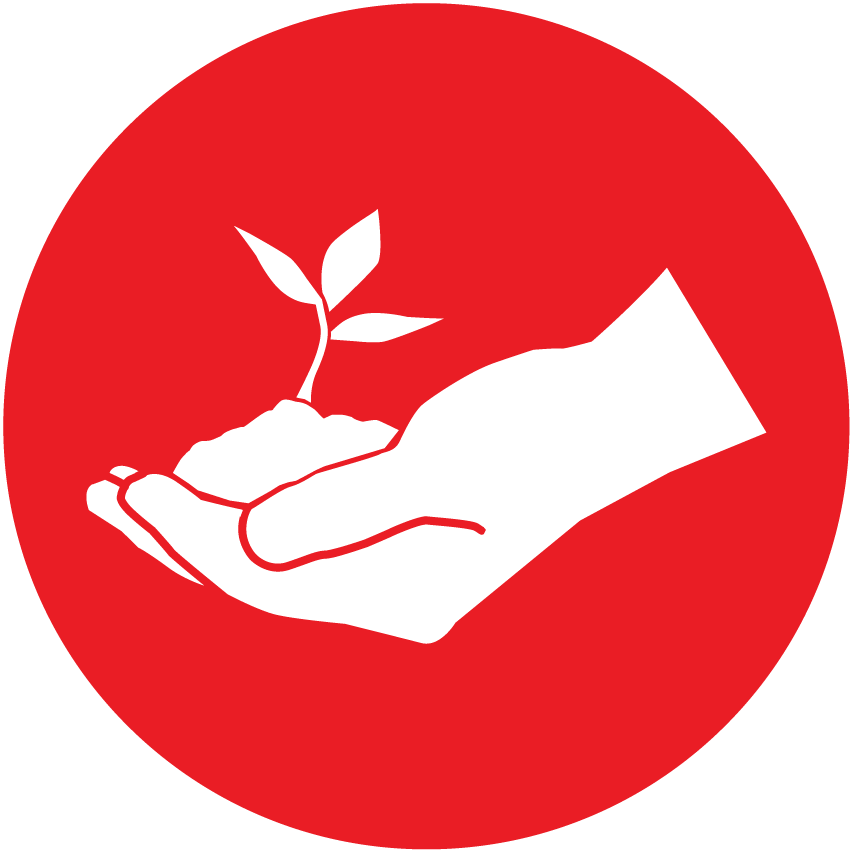
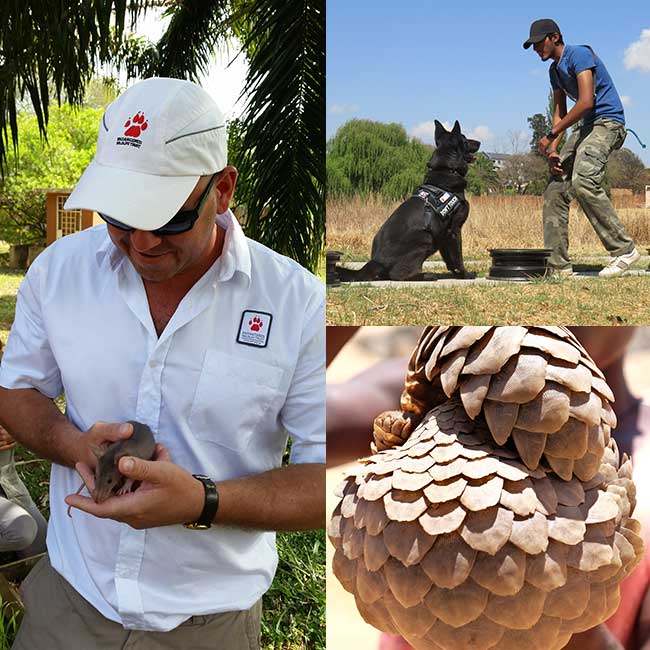
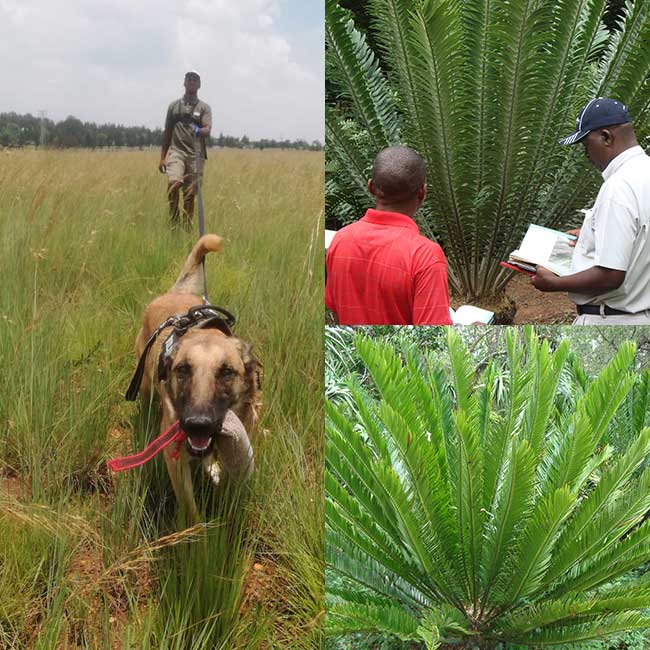
Preventing wildlife crime
The focus of this project is on taking strategic action to prevent wildlife crimes
Optimising anti-poaching patrol
The EWT works with reserve managers and field rangers in reserves to facilitate effective data collection and analysis to increase the effectiveness of their anti-poaching teams. We train field rangers to collect data relevant to where poachers might move (e.g. locations of target species or recent signs of poacher activities) and analysts to use this data to predict and map future poaching events. We are assisting our Carnivore Conservation Programme to enhance the capacity of Mozambican customs law enforcement officials to combat illegal trade in lion products through enhanced detection and of analysts in Limpopo National Park to collect and analyse relevant data using patrol optimisation techniques.
Building capacity to protect priority species
We conduct training to enhance the skills and capacity of the agencies responsible for implementing and enforcing CITES in South Africa. The Endangered Wildlife Trust recognises that one must tackle wildlife offences by considering all the vital elements along the supply chain, including harvesting, transport, distribution, and use. We are currently engaged in various initiatives that speak to these.
Protecting wild cycads
The overall goal of the project is to improve the conservation status of Encephalartos cycad species in South Africa by addressing the impact of illegal harvesting and trafficking and supporting the criminal justice system. Two dedicated training courses have been developed to provide skills and enhance capacity within law enforcement to respond to wildlife offences involving cycads. Our introductory course is held over one week and aims to provide the necessary skills and knowledge to improve the regulation of cycad trade and the enforcement of applicable legislation. Our advanced course builds on the introductory training programme by providing more specialised training over five training interventions (of four days each) over 10-12 months. This provides skills and knowledge specific to cycads and offences committed, providing over 160 hours of training to each official. In light of COVID-19, we are also developing an online component of this training course.

Understanding wildlife trade in protected areas
Research under the WWF South Africa Khetha Programme, supported by the United States Agency for International Development (USAID), aims to generate foundational information to help identify common methods and routes of wildlife trafficking, particularly elephant ivory and rhino horn. This knowledge will assist law enforcement agencies in tackling trafficking and should lead to improved capacity in monitoring and enforcement, investigations, and prosecutions.
Improving the status of Black Rhinos
This project aims to grow Black Rhino populations in two reserves in the North West Province, South Africa. To do this, we will support them in their efforts to reduce the risks of rhino poaching through remote tracking of rhinos, strengthening surveillance of fence lines and roads, and improving ranger morale through upgrading accommodation.
Detecting wildlife crimes
This project aims to build skills and capacity to detect wildlife crimes. The EWT also works to prevent wildlife criminals from benefiting from the illegal trade in wildlife products by detecting and seizing these products in transit. This reduces the reward for illegal activities and reinforces the risks of being apprehended. We facilitate the interception of wildlife products all along this supply chain.
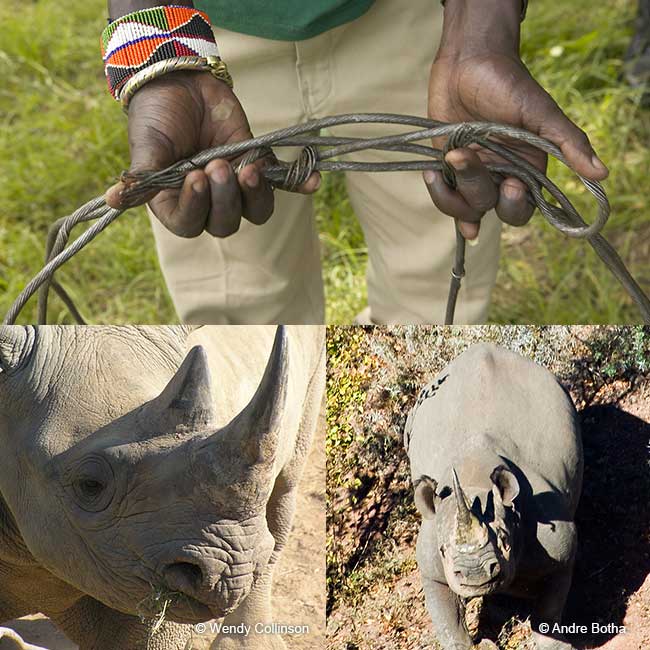
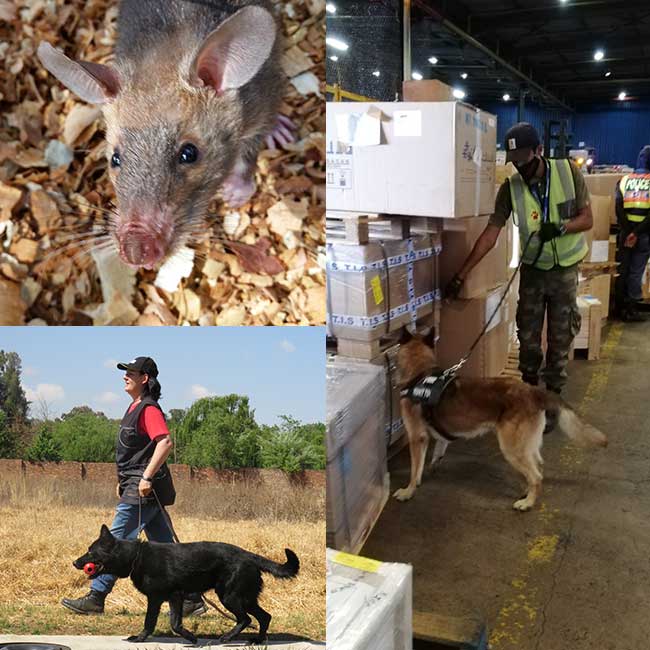
Conservation K9s
One of the EWT’s contributions to detecting wildlife crime in South Africa is the use of detection dogs to find poachers and wildlife smugglers. Our Conservation K9s are certified and specially trained to fulfil two critical roles. Firstly, we support anti-poaching initiatives in game reserves using tracking and detection dogs, and secondly, we detect wildlife contraband before it is smuggled out of the country.
We supply trained dogs to do detection and tracking in reserves, ensure that handlers are qualified, and conduct regular refresher training. Dog and handler teams conduct vehicle searches at the entry and exit points of reserves to check mainly for arms and ammunition. The teams also check for illegal products such as rhino horn, ivory, pangolin, and lion bone, leaving the reserve. Tracking dogs and handlers do regular patrols to see if there have been any illegal entries into the reserve and conduct follow-ups when poaching incidents have occurred.
Three of our dogs are based in Gauteng, screening cargo at O.R. Tambo International Airport. All three dogs are certified to detect rhino horn, elephant ivory, Lion bone, and pangolin scales, making us one of the few organisations with dogs that can detect different wildlife species. We carry out this work under our agreement with the Department of Forestry, Fisheries, and the Environment to provide wildlife detection dog support to its Environmental Management Inspectors (EMIs).
The regular appearance of our dogs is a reminder of the country’s dedication to combating the illegal wildlife trade and disrupts traffickers’ plans, playing an important role in the fight against transboundary wildlife trafficking.
Detection Rat Project
The EWT partnered with the Tanzanian organisation, APOPO, to develop the use of African Giant Pouched Rats to detect illegal wildlife products. APOPO is developing innovative techniques using these rats to detect pangolin scales and hardwoods smuggled in shipping containers. They have already demonstrated that these rats can identify the unique scents of both pangolin scales and hardwoods with high sensitivity levels and will now establish the process for deploying the rats into ports of entry and exit.

Justice for wildlife
The EWT’s Justice for Wildlife Project takes a cradle-to-grave approach to ensure justice is achieved where wildlife crimes are committed. Every role-player in the justice chain needs adequate knowledge and capacity to perform their duties optimally. The EWT works to support this through training interventions at the different levels of the justice chain. This includes wildlife product ID training, environmental law training, criminal procedures training, permit training and prosecution awareness training. This knowledge assists law enforcement agencies in combating IWT and improves capacity for monitoring and enforcement, investigations, and prosecutions. To-date, the EWT has developed the following training courses:
-
- Cycad Law Enforcement Training – South Africa’s cycads are under extreme pressure due to poaching to satisfy the demand for cycads in gardens. This course addresses the threats to cycads, teaches cycad identification, and provides enforcement tools to combat cycad offences.
- Advanced Cycad Law Enforcement Training takes a more detailed look at cycad enforcement in South Africa, providing detailed training on aspects such as cycad identification tools and enforcement procedures to ensure cycad offences are combatted effectively.
- Wildlife Trade Law Compliance and Enforcement Training is an introductory course to wildlife trade; this course considers various legislation and agencies involved in this field, enforcement tools and court testimony. This course is accredited through CATHSETA.
- Flagship Species Identification Training – this course provides identification skills for a range of species in the following categories: marine, birds, reptile, terrestrial, and fish.
- Advanced Field Ranger Training – this course is for our field rangers in protected areas in South Africa
- Footwear Casting and Lifting Training is facilitated by a professional forensic training company. The course consists of approximately 40% theory and 60% practical training, where trainees cast at least ten impressions in various environments/surface/soil types. The theory component of the course consists of inter alia introduction to crime scene management, forms of documenting evidence at a crime scene, recovering tool marks for evidence, and footwear impressions.
Over 1,500 law enforcement officials have benefited from our training courses.
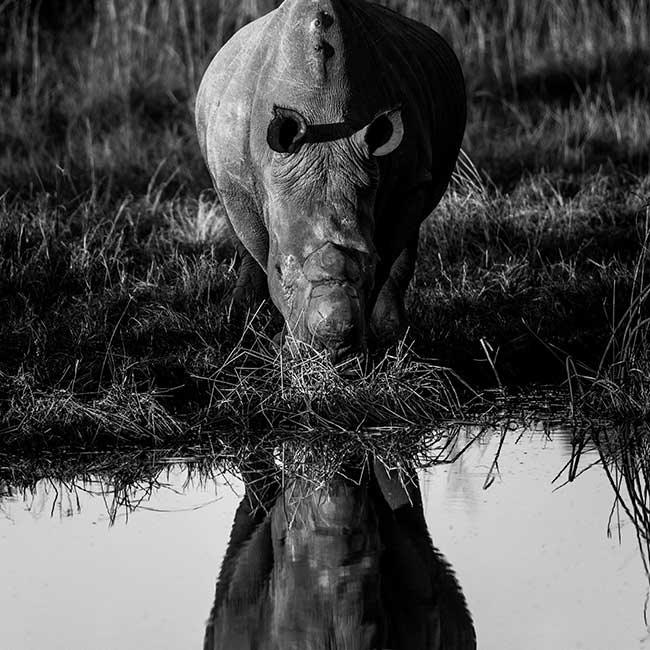
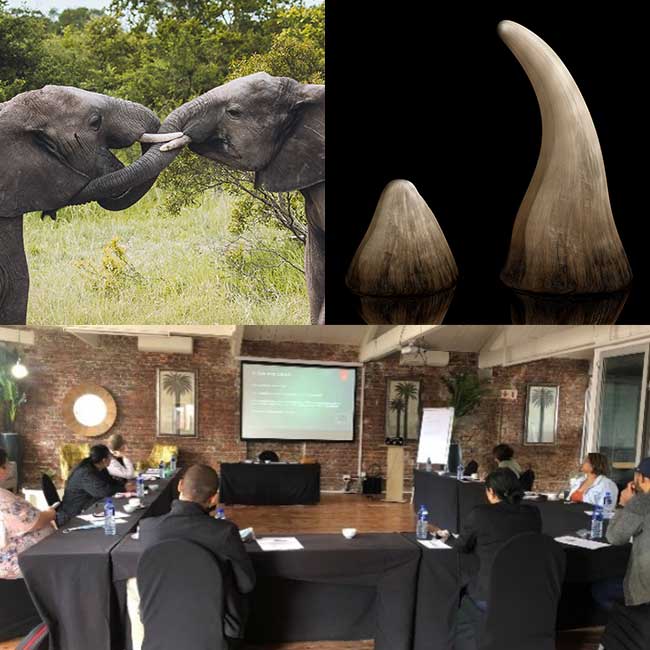
Giving a voice to victims of wildlife crime
This project aims to enhance the capacity of criminal justice systems to prosecute wildlife crimes by providing the prosecutors of South Africa, Botswana, Namibia, and Mozambique with species-specific impact statements to be used in aggravation of sentence during sentencing proceedings. These statements aim to provide judges and magistrates with scientifically backed, holistic overviews of the various impacts of wildlife crime. They are designed to ensure that courts see wildlife not only as a commodity measured only in value but as living beings whose removal from the wild at an unprecedented, unsustainable rate has an impact on the individual species, on biodiversity, ecosystems, and ultimately, on humans. These statements will be developed by species experts identified across the four target countries and then presented to prosecutors. Prosecutors will also have access to a list of relevant species experts across southern Africa.
Restorative Justice
Under the WWF South Africa Khetha Programme, supported by the United States Agency for International Development (USAID), we launched the Environmental Restorative Justice Pilot Project in 2019. Restorative justice is a flexible, participatory, and problem-solving response to criminal behaviour that can improve access to justice, particularly for victims of crime and vulnerable and marginalised populations, while addressing harms and preventing reoffence. Restorative justice requires an offender to acknowledge wrongdoing and the resultant harm and take steps to remediate that harm. This project explores applying restorative justice approaches to wildlife crimes, a first for wildlife crime in South Africa. You can download our Restorative Justice community guidelines here.

Restorative Justice Resources
Governance
Wildlife and the Law
The Wildlife and Law project was initiated to strengthen the legal and governance frameworks pertaining to wildlife. The Wildlife and Law Project aims to provide robust legal and governance frameworks that enable responsible and ethical decision-making regarding South Africa’s wildlife, resulting in ecological sustainability.
We actively address weaknesses and gaps relating to wildlife and the law to promote conservation and ensure ecologically sustainable use. We provide law and policy support for various threatened species (such as Wild Dogs, Cape Parrots, and Sungazers) and explore opportunities to strengthen the legal framework through policy development, legislative amendments, and supporting education and awareness around South Africa’s wildlife-related laws.
Wildlife economy
The wildlife economy work promotes a resilient and diverse wildlife sector based on ecologically sustainable use, as required in section 24 of the Constitution. Ecologically sustainable use refers to the responsible use of components of biodiversity in a way that does not contribute to its long-term decline in the wild, does not disrupt the ecological integrity of the ecosystem in which it occurs, ensures continued benefits to people that are fair, equitable, and meet the needs and aspirations of present and future generations, and is humane.
Understanding the captive lion sector in South Africa
South Africa has a large captive lion sector, keeping more than 8,000 Lions in captive conditions. This controversial practice keeps Lions for various commercial purposes, including viewing, cub-petting, live sales, trophy-hunting, and the trade of lion body parts. Not much is known about the size and scale of the captive lion sector, its socio-economic and environmental impacts or the structure and functioning of its supply chains. To help the government and CITES authorities with future policy decisions and bring about constructive change to the sector, we conducted an in-depth study of the captive lion sector that identified role players, documented business models, investigated supply chains and assessed stakeholder perspectives. For the report on South Africa’s captive lion sector, click here.
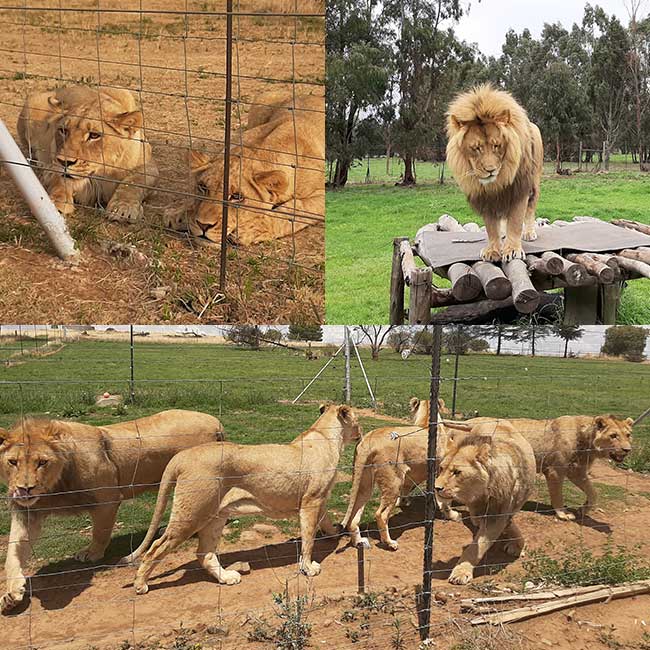
Stories of Success
for wildlife in trade
Wildlife and the law
Some of the key successes thus far under our wildlife and Law Project are:
- The creation of a governmental endorsed task team developed by the Wildlife and Law Project for policy development and the development of a dedicated training course for permitting officials in South Africa. The task team included representatives from the nine provinces and the national department.
- The development of a novel and necessary permitting training course, addressing clear training gaps. Only one of the nine provinces has developed a structured form of training for permitting officials.
- Challenging unconstitutional and procedurally unfair laws. We have launched a High Court judicial review, seeking to set aside provisions of the regulations to the Animal Improvement Act (AIA), which include several wild animals as animals to be regulated under the AIA. This allows for intensive and selective breeding of these wild animals and the creation of breed standards and societies.
- Completed a compressive legislative review, including a detailed review of the provincial legislative framework.
- We have a respected profile in legal research and advocacy relating to wildlife. We chair the law and policy work for several species-specific Working Groups and receive formal requests from government departments, to comment on and present our comments on legislation and its applications thereof, with the most recent request being for our perspective on the legal framework applicable to international trade in rhino horn. We are contributing a book chapter to the first Animal Law Handbook in South Africa.
- With the Centre for Environmental Rights, we published an extensive review of the legal and practical regulation of the welfare of wild animals in South Africa and all wildlife-related legislation to explore opportunities to strengthen these laws and close potential loopholes.
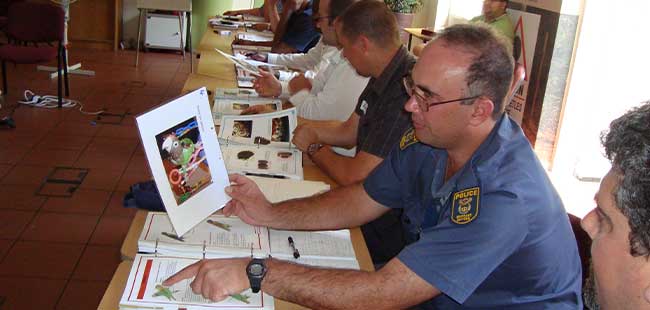
Bringing justice to heal
Under our Restorative Justice Pilot Project, we developed and facilitated a dedicated training course on environmental restorative justice, a first of its kind in South Africa. We produced a suite of customised awareness-raising materials to be accessible and relevant for different stakeholders – communities, victims, and prosecutors.
Under our project “Giving a voice to wildlife victims”, funded by USAID VukaNow, we completed nine workshops with 116 prosecutors in South Africa, Botswana, and Namibia to bring together prosecutors of wildlife crime cases, introduce them to the concept of wildlife crime impact statements, and create a learning exchange. Prosecutors noted that these statements would assist the court in understanding the severity of wildlife crimes and that sensitisation training should be prioritised for prosecutors, judges, and magistrates.
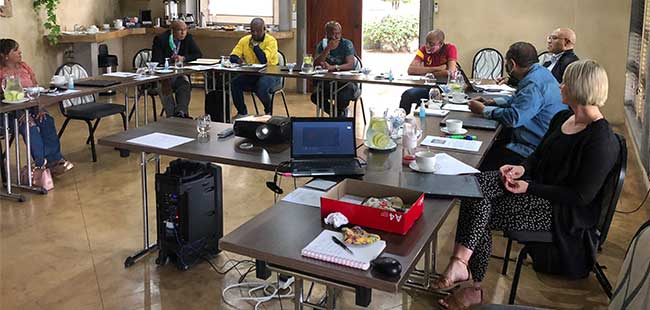
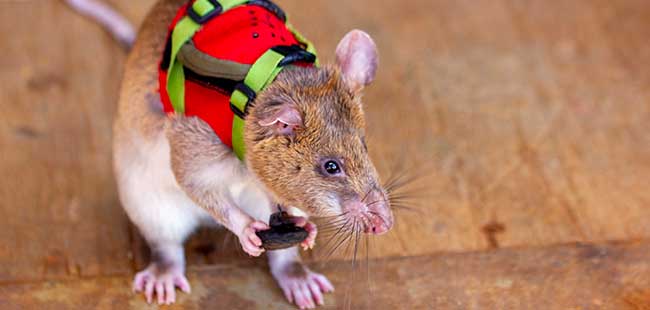
Smelling a rat
Under our Detection Rat Project, we have prepared the rats to work in an operational environment. Now that we have tested them on target and non-target scents, we have developed and are testing ways in which the rats can signal their handlers when they find their target scent in the field. One of these relies on remote signalling, whereby rats are trained to pull a small ball attached to their harness. The rat’s movements trigger a microswitch when they find the target scent. Waterbear Productions created a beautiful documentary on our Detection Rats, available here.
how you can Help us prevent wildlife crime
- Report wildlife-related crimes to the Environmental Crimes Hotline: Tel: 0800 205 005
- Support our Conservation K9s to detect wildlife crimes and intercept illegal transport of wildlife products.

